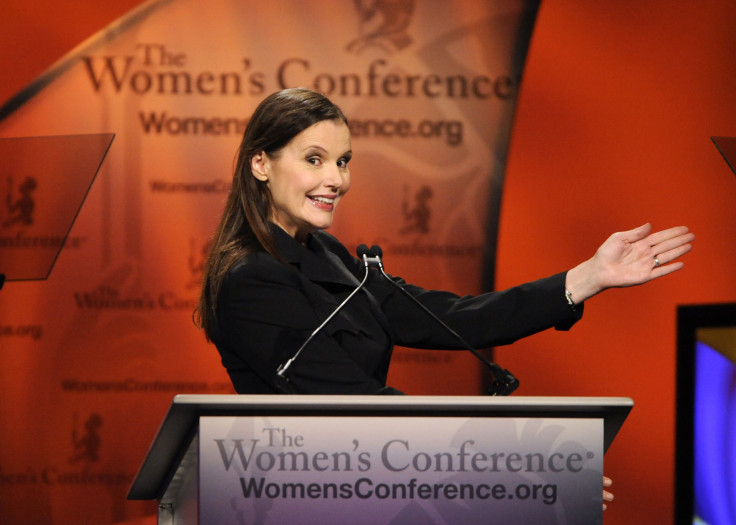Women Are Marginalized In Movies Throughout The World, And Hollywood Is Among The Worst Offenders: Study

If an alien were to study life on our planet using only movies for research, he might come away believing that men far outnumber women here on Earth. Because although women make up roughly half of the world’s population in the real world, on the silver screen we see about twice as males as females. And the female characters typically have far fewer lines than males, and are far more likely to be depicted as eye candy.
These findings were revealed in study commissioned by the Geena Davis Institute on Gender and Media and conducted by the Media, Diversity & Social Change Initiative (MDSC) at University of Southern California’s Annenberg Journalism Lab, with funds provided by the United Nations and the Rockefeller Foundation. MDSC’s report on the study, “Gender Bias Without Borders,” presented last week at a symposium in New York City, found that the under-representation of women happens in films produced all over the globe. But the marginalization of women was more pronounced in some global markets than others. Still, as the study's lead researcher Dr. Stacy Smith said in an email to IBTimes, “There were no countries [that] really came out ahead in the study.”
But films produced in India, France, Japan and the U.S., along with U.S./U.K. co-productions, came out at the bottom. In France, only 28% of the characters in the sample studied were women, and the sample included zero movies with female leads. The same goes for India and U.S./U.K. co-productions, which also had no films with female leads. U.K. productions produced without the involvement of U.S. studios, however, had much better female representation: 37.9 percent of characters in independent U.K. productions were women, 30 percent had female leads or co-leads, and 20 percent of the films analyzed had gender balanced casts. Australia, North Korea, Germany and China also performed better in terms of gender representation, with a higher percentage – close to or more than 30 percent – of female characters and leads or co-leads. According to the report's executive summary, “fully half of the Korean films featured a female in one of these prized positions as did 40 percent of the movies from China, Japan and Australia.”
The data analyzed by over 100 coders at the lab included only films rated G, PG or PG-13, as the Geena Davis Institute on Gender and Media is primarily concerned with the effects of gender misrepresentation on younger audiences. As Davis said in a press conference ahead of the symposium, the institute's earlier research has shown that the more hours of television a young girl watches, the fewer options she believes she has in her future life and career; and according to Davis, the opposite is true for boys. Evidence for gender imbalance goes beyond speaking roles: The study found that in crowd scenes comprised of extras, only 17 percent of those in the crowd, on average, were women or girls.
Asked if she thought the results would look any different if R-rated movies were included in the sample, Dr. Smith said that in her team's past work analyzing gender representation in top-grossing films, “sometimes R-rated films show more female characters on screen, and sometimes fewer females. Secondly, we have also found in one study that the percentage of women in sexually revealing attire in R-rated films was not meaningfully different than in G-rated films. The jury is out, and until we have more data, we don't know definitively.”
The jury is also out on what the findings mean for future co-productions between the U.S. and China, as Hollywood has been increasingly reliant on box-office dollars from the second-biggest (and growing) global market. In previous reporting on gender representation in Hollywood films, IBTimes has observed a belief, among those who have addressed this issue with American studios, that some decisionmakers assume that key foreign markets, like China, are not interested in films that include greater gender parity. Still, the latest report showed that women were slightly better represented in Chinese films than in other markets, including the U.S. But a press conference ahead of the symposium, Smith cautioned against drawing too strong a conclusion from that data. She later reinforced the caution.
"Given the small sample size we used, we cannot generalize beyond the films in the study," Dr. Smith said in an email. “The findings are suggestive, however, that inclusivity of girls and women on screen may be more normative in this market than what we find in the U.S. The future could go either way. China could influence the U.S. to become more gender balanced, or the U.S. could influence China to become less so."
“Only 23 percent of roles in action/adventure films in this study went to female speaking characters,” Dr. Smith added. “As the money moves in, females are pushed out.”
© Copyright IBTimes 2024. All rights reserved.






















